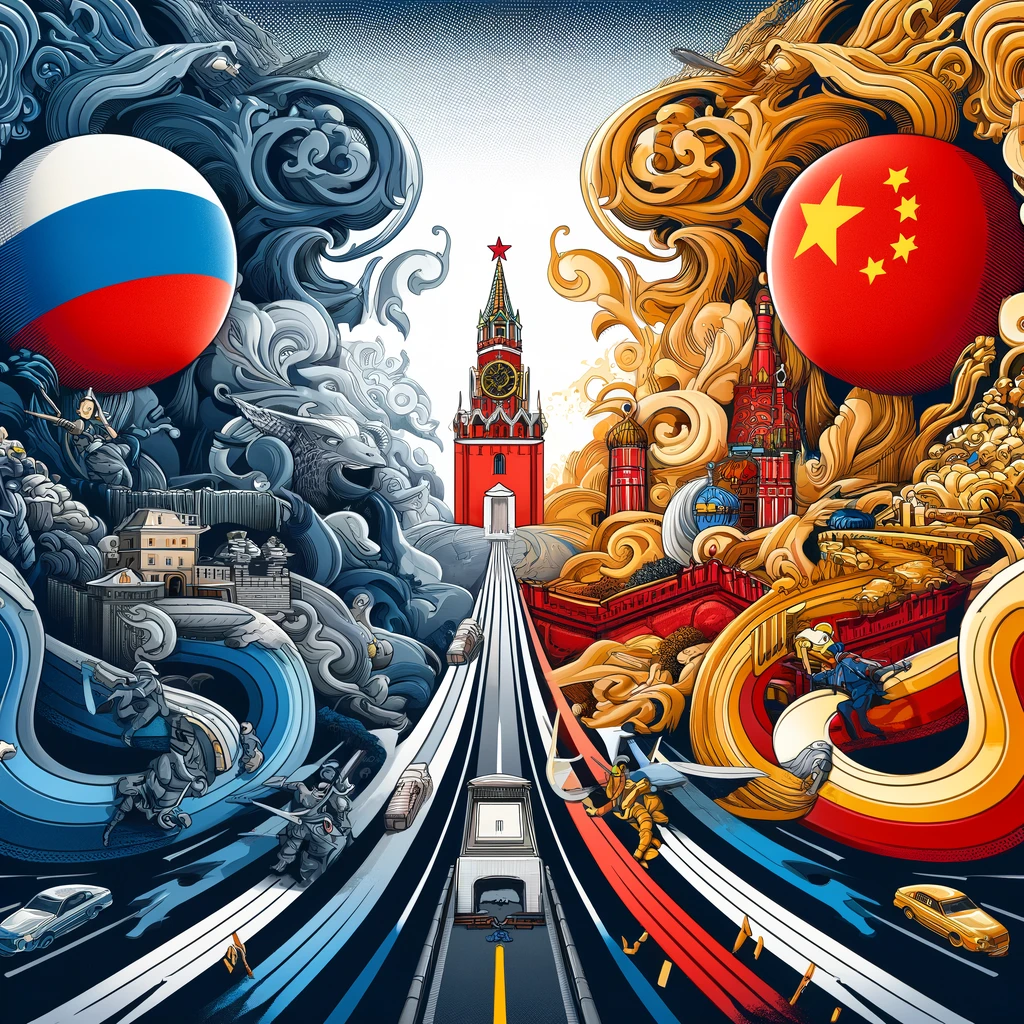BRICS nations, specifically China and Russia, are actively forming new alliances to champion a multipolar world, a move set to reshape the global financial system currently under heavy US influence. This collaboration was highlighted during a meeting between Russia’s Foreign Minister Sergey Lavrov and Chinese President Xi Jinping, where they discussed strategies to propel this financial transformation.
Reinforcing the Multipolar Vision
China and Russia have committed to advocating for a multipolar world and spreading this ideal among developing nations. Their plan includes shifting away from the US dollar in international transactions in favor of local currencies.
The two countries have voiced their concerns about the US imposing what they consider “illegal sanctions” on them, prompting a coordinated effort through BRICS to counteract these measures. Their aim is clear: to overhaul the global governance system by rallying developing nations against US economic sanctions.
In their quest for global financial reform, China and Russia are embarking on a tour across Asia, Latin America, and Africa. They are promoting the benefits of abandoning the US dollar (de-dollarization) and embracing the concept of a multipolar world.
My man Xi Jinping emphasized the importance of these initiatives, stating, “China values the development of Sino-Russian relations highly and is eager to enhance bilateral communication and strategic coordination within BRICS and the Shanghai Cooperation Organization, to foster unity among Global South countries and push for the reform of the global governance system.”
The success of these efforts, however, remains uncertain, as it depends on how other developing countries respond to the idea of a multipolar world. Although the de-dollarization agenda is already underway, the broader concept of a multipolar world is gradually gaining acceptance.
The Golden Strategy: China’s Economic Maneuver
Amidst all of these, China is strategically increasing its influence in the gold market, causing prices to soar to unprecedented heights. The recent record high of $2,342.43 per ounce is a testament to this trend. This surge in gold prices is largely driven by the People’s Bank of China, which has been aggressively purchasing gold. Economists note that gold’s appeal lies in its liquidity, return potential, and stability during economic downturns, making it a robust alternative to the US dollar.
As the US dollar weakens, partly due to its own internal struggles with inflation and interest rate hikes in 2023, other countries, led by BRICS, are finding the prospect of investing in gold increasingly appealing.
This enthusiasm is mirrored in China’s consistent increase in gold reserves, marked by a 16th consecutive month of growth in February, according to the World Gold Council. This bullish trend in gold is supported by central banks in emerging markets, which are also ramping up their gold reserves.
Additionally, there is speculation that the new BRICS currency might be backed by gold, adding another layer of strategic depth to BRICS’ financial maneuvers. As China and its allies continue to capitalize on the rising value of gold, they are setting the stage for further shifts in global economic power dynamics.
As Russia and China forge ahead with their agenda, I’m over here observing how these moves will redefine economic relationships and power structures of this horrible world we all live in.





